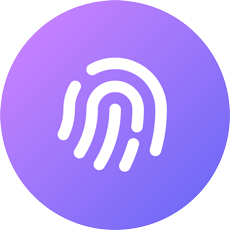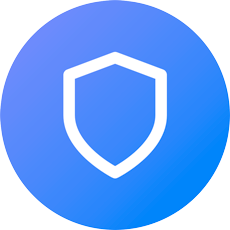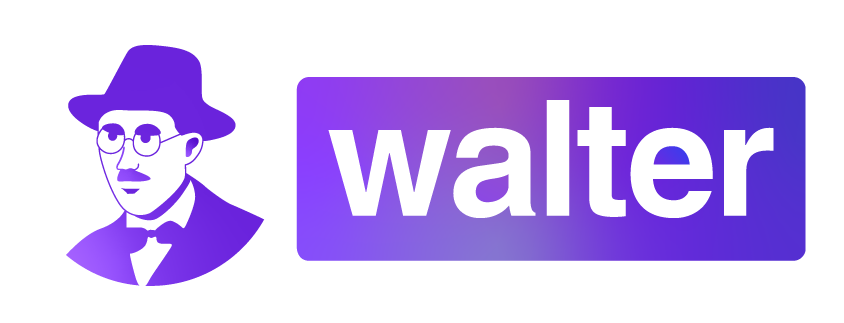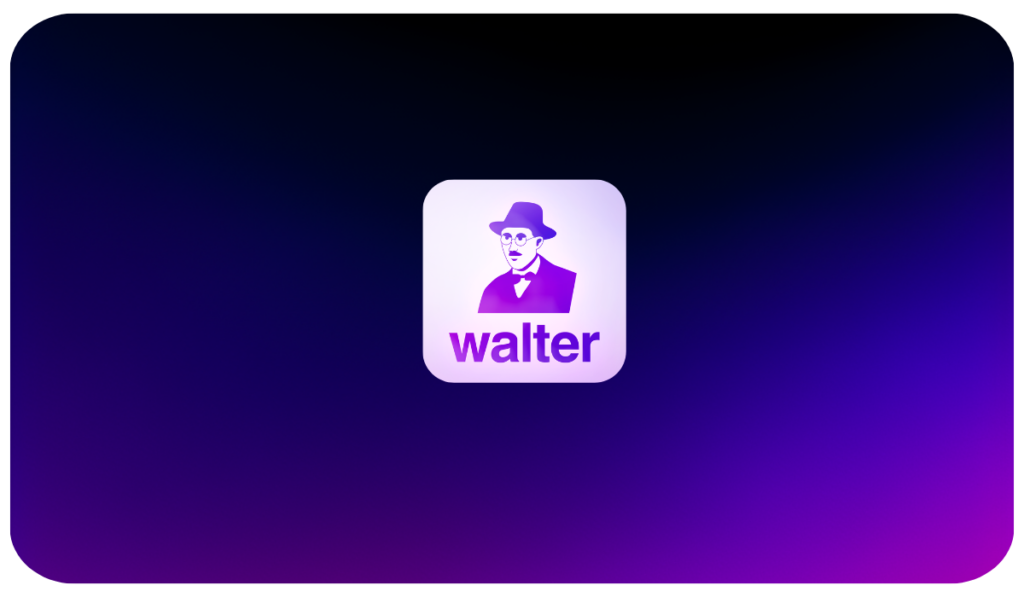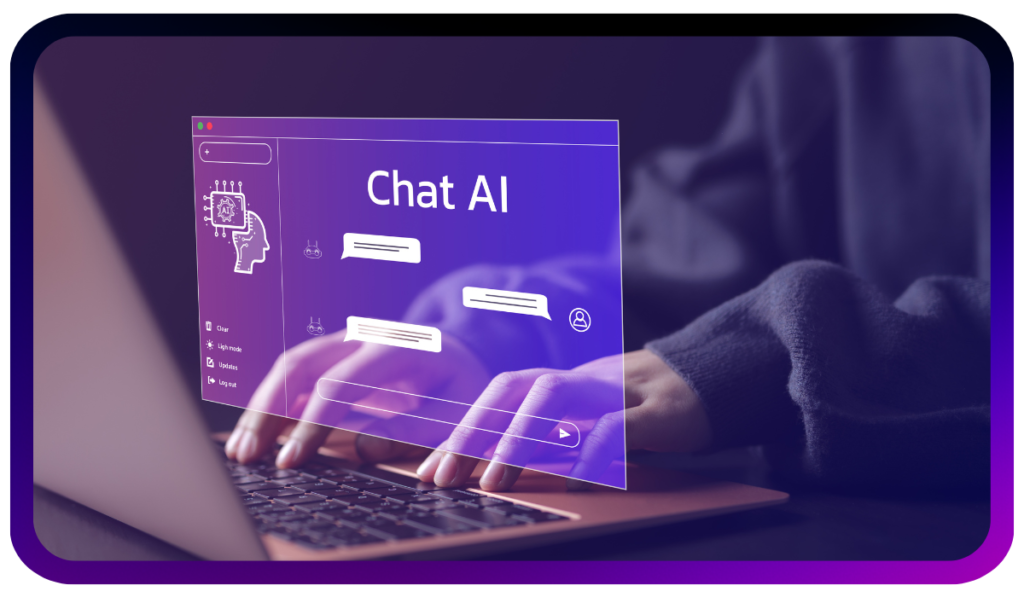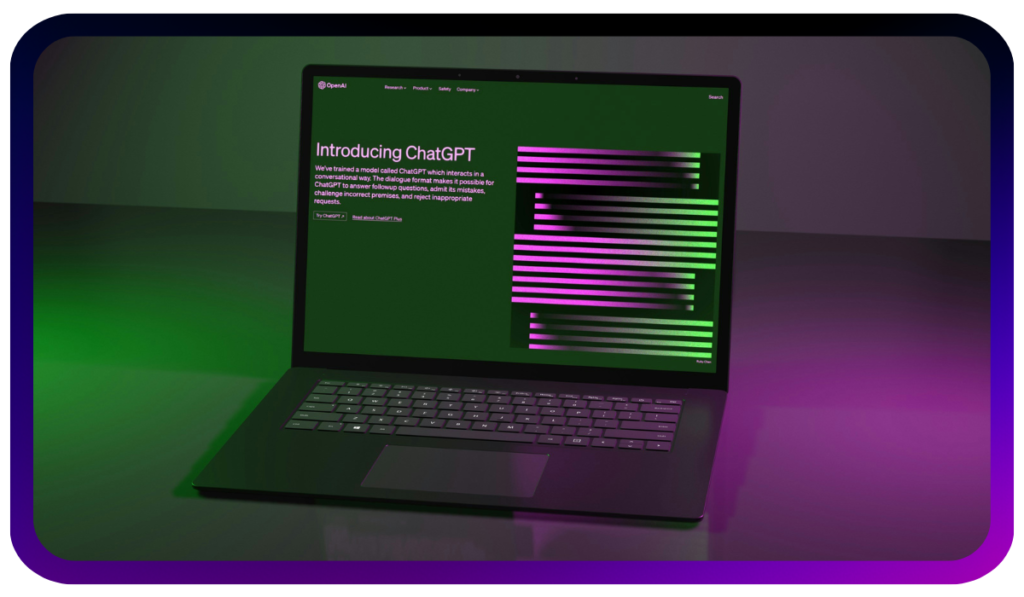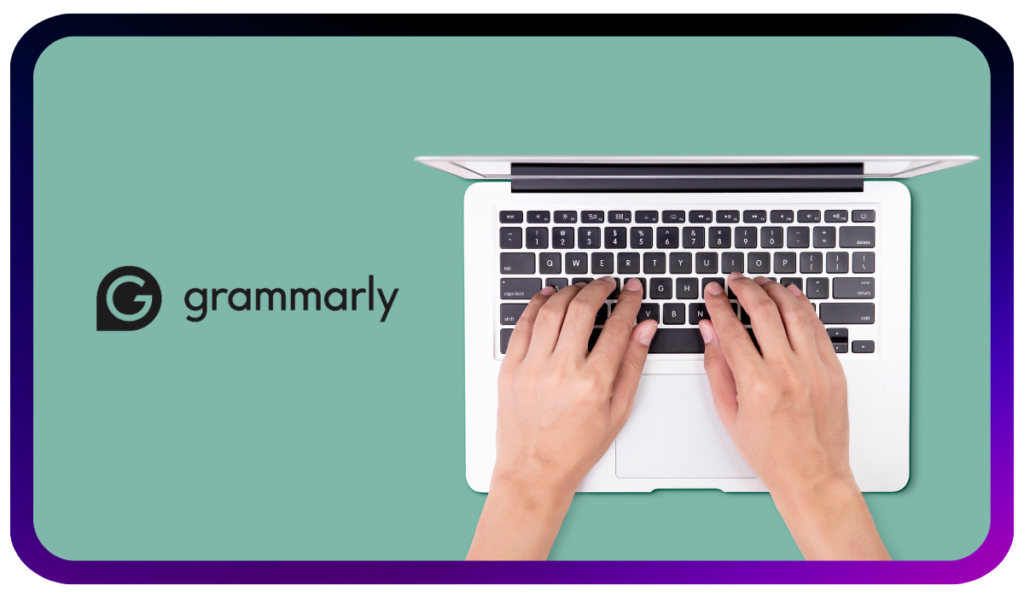Yes, Canvas can detect ChatGPT. In fact, Canvas can detect any kind of AI assistance, plagiarism or cheating. But there is a way to bypass Canvas AI detection.
In this article, we will tell you how Canvas detects ChatGPT, AI Writing and Plagiarism. And how you can avoid being flagged by Canvas by using humanizer tools like Walter Writes AI.
So let’s dive in!
How does Canvas detect ChatGPT or AI Writing?
ChatGPT
Canvas Instructure integrates external software—such as Turnitin—to determine whether the writing is from ChatGPT. Canvas does not automatically detect the use of ChatGPT.
When you copy entire phrases from ChatGPT and paste them, these detection tools are more than capable of marking them non-human.
Using ChatGPT responsibly requires you to paraphrase, sprinkle in your own opinions and have an authority voice that blends your ideas with those generated by AI.
Don’t worry, we’ll show you exactly how you can humanize your ChatGPT writings in the later part.
AI-generated
Canvas monitors your behavior on quizzes and assignments, logging mouse clicks, keystrokes, and the time you spend on each question.
When paired alongside strong AI detection engines, such monitoring can also help surface unusual behavior that may suggest AI assistance.
For example, if your writing style suddenly changes from work you’ve done before, or you finish your assignment suspiciously quickly, instructors will know, right?
How Canvas Detect Plagiarism
There is no internal plagiarism checker for Canvas, so it integrates with Turnitin to detect suspicious content.
When you hand in an assignment, Turnitin’s system compares your text to a vast database of academic papers, websites and student work.
The result is a similarity report that marks areas that match and provides links to sources where it found the material.
Instructors are able to view this report and determine if the overlaps show actual plagiarism or merely familiar terminology.
While most students do not use Turnitin’s features directly to check for plagiarism, you can guard yourself from accusations of stealing ideas by paraphrasing carefully, citing sources the right way, and writing in your own voice.
Teachers Can Detect ChatGPT or AI With Experience
With time, instructors learn to notice changes in writing style, tone and complexity.
If your new submission has suddenly pristine grammar, esoteric vocabulary, or a turn of phrases that are sharply different from your prior efforts, it arouses suspicion.
Many teachers compare your new paper to ones that you’ve written in the past, searching for consistent patterns in the way you construct your sentences and develop your arguments, and even common errors.
When something appears too smooth or too far from the vagaries of personality that you encase in prose, they might dig deeper.
Teachers also function on intuition — if something about a paper seems “off,” they may run it through AI detection tools or do further research.
How to Avoid Canvas AI Detection & Bypass
To avoid Canvas recognizing your content as AI-generated, combine your unique writing style with ideas generated by AI.
If you’re using ChatGPT for ideas, don’t use its responses verbatim — summarize arguably compelling points in its responses, then elaborate on them with personal examples, insights, and experiences.
But the best & easiest way to avoid Canvas AI detection and bypass is to use an AI humanizer tool.
What is an AI humanizer tool and how does it work?
An AI humanizer tool is a program that converts AI-generated text into more human-like content.
These tools can help make AI text easier to read and more appealing to human users. They can also help AI text pass through AI detectors more easily.
For example, let’s generate a short essay with ChatGPT:
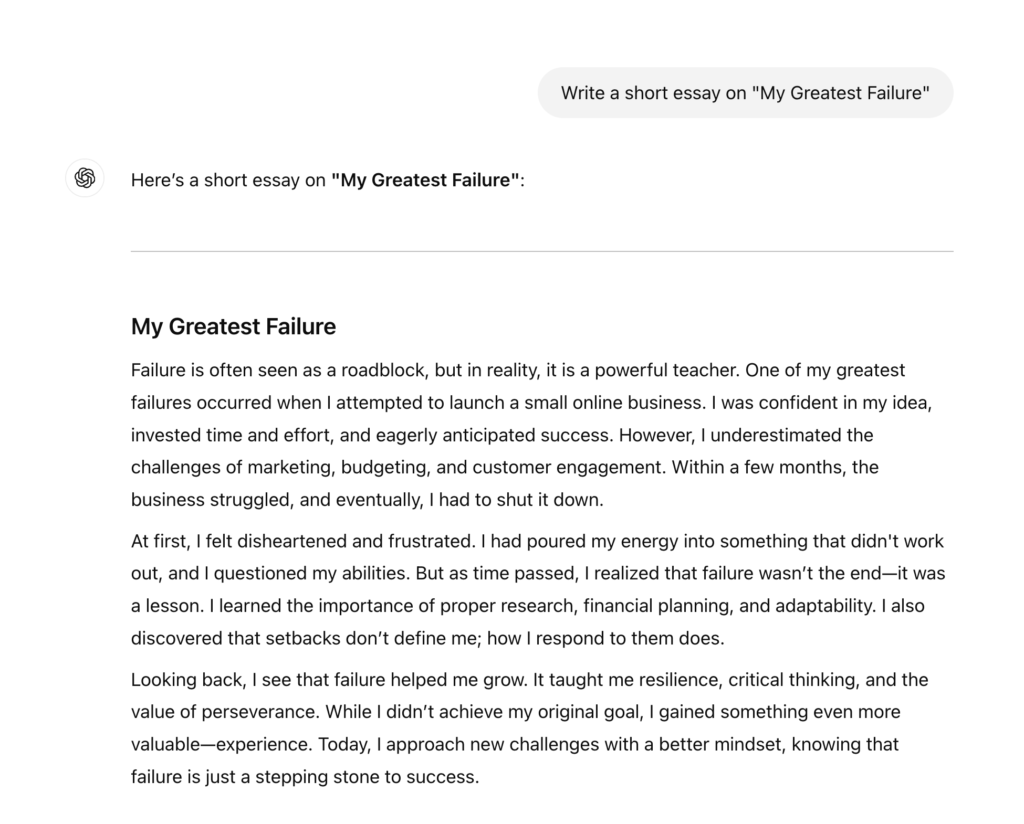
Now let’s check this essay’s AI score with Walter Writes AI Detector
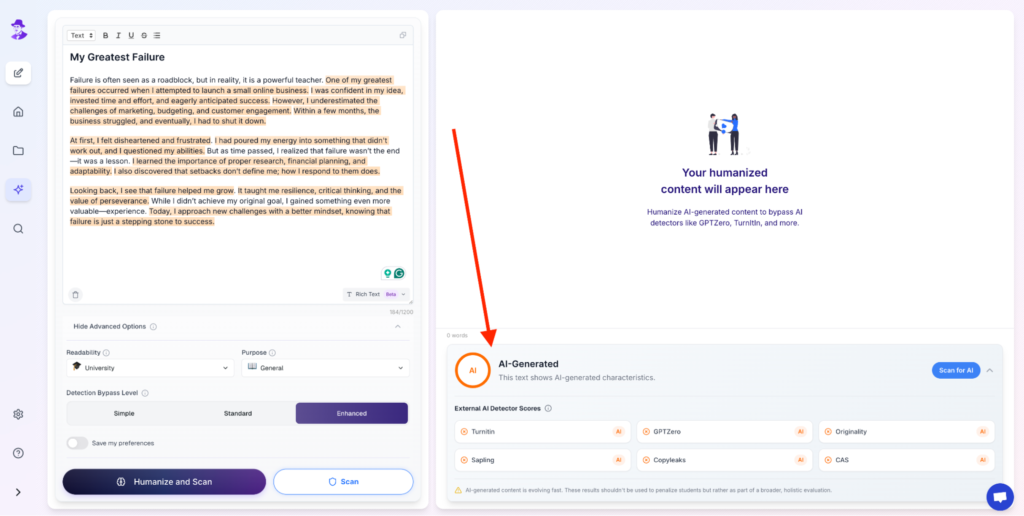
Now let’s humanize this with one of the leading AI Humanizer tools, Walter Writes AI Humanizer:
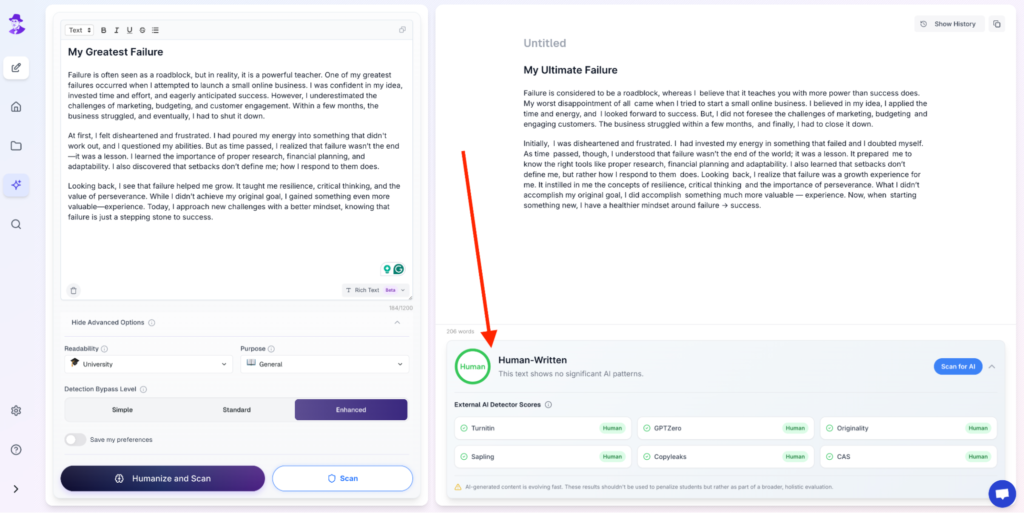
With just one click on the “Humanize and Scan” button, we made that essay more human-like and it is ready to avoid Canvas AI detection.
You might feel we are biased towards our tool and we only showed you one example where we bypassed it. Why not try yourself and prove us wrong?
Try Walter Writes AI for free today!
FAQ
Yes, ChatGPT output may be recognized. Using tools such as Turnitin, instructors, and institutions look to identify writing generated by artificial intelligence.
Yes—Canvas can detect some AI-generated inputs. Even if you are responding verbatim to ChatGPT, I guarantee you that when you submit any material via Canvas (a paper, for example), there is an extremely high likelihood that it gets flagged.
Yes, it’s possible. However, if your university catches you using it, it can take disciplinary action, such as assigning a failing grade on an assignment or failing you in a course or actions, under the academic code of conduct. For doing it again, expulsion from the institution may be also imposed.
Conclusion: Can Canvas Detect AI?
In conclusion, if we have to summarize the key takeaways:
1. Canvas can detect ChatGPT and any AI writing.
2. Canvas instructors use Turnitin to check for ChatGPT or AI assistance.
3. Often time, teachers detects AI assistance in your submitted work with their bare eyes. They have the experience and from your previous work, they know your wordings, style, pattern and when they cross-check, they can tell.
Start writing high-quality, undetectable work. Try Walter Writes AI today!
